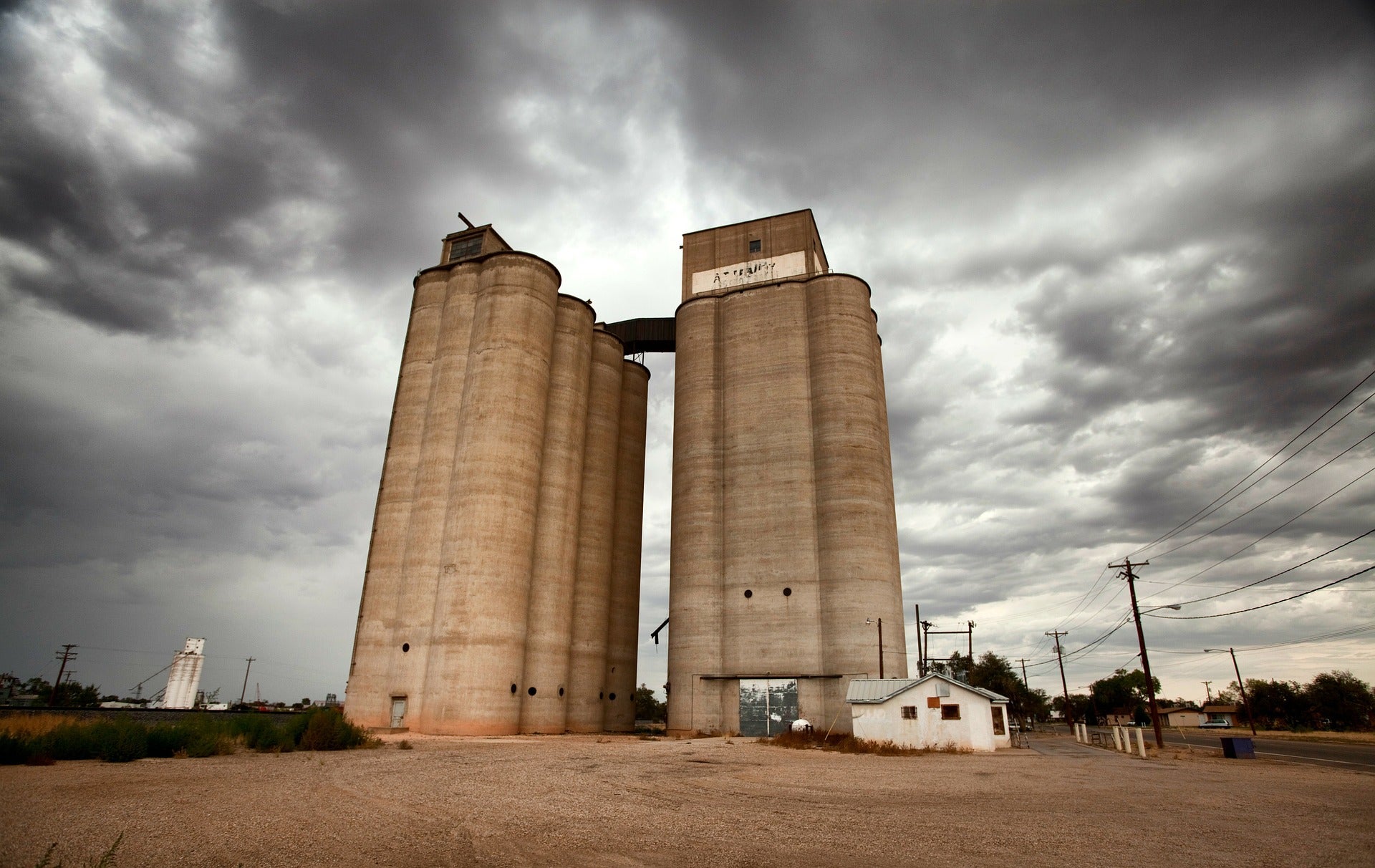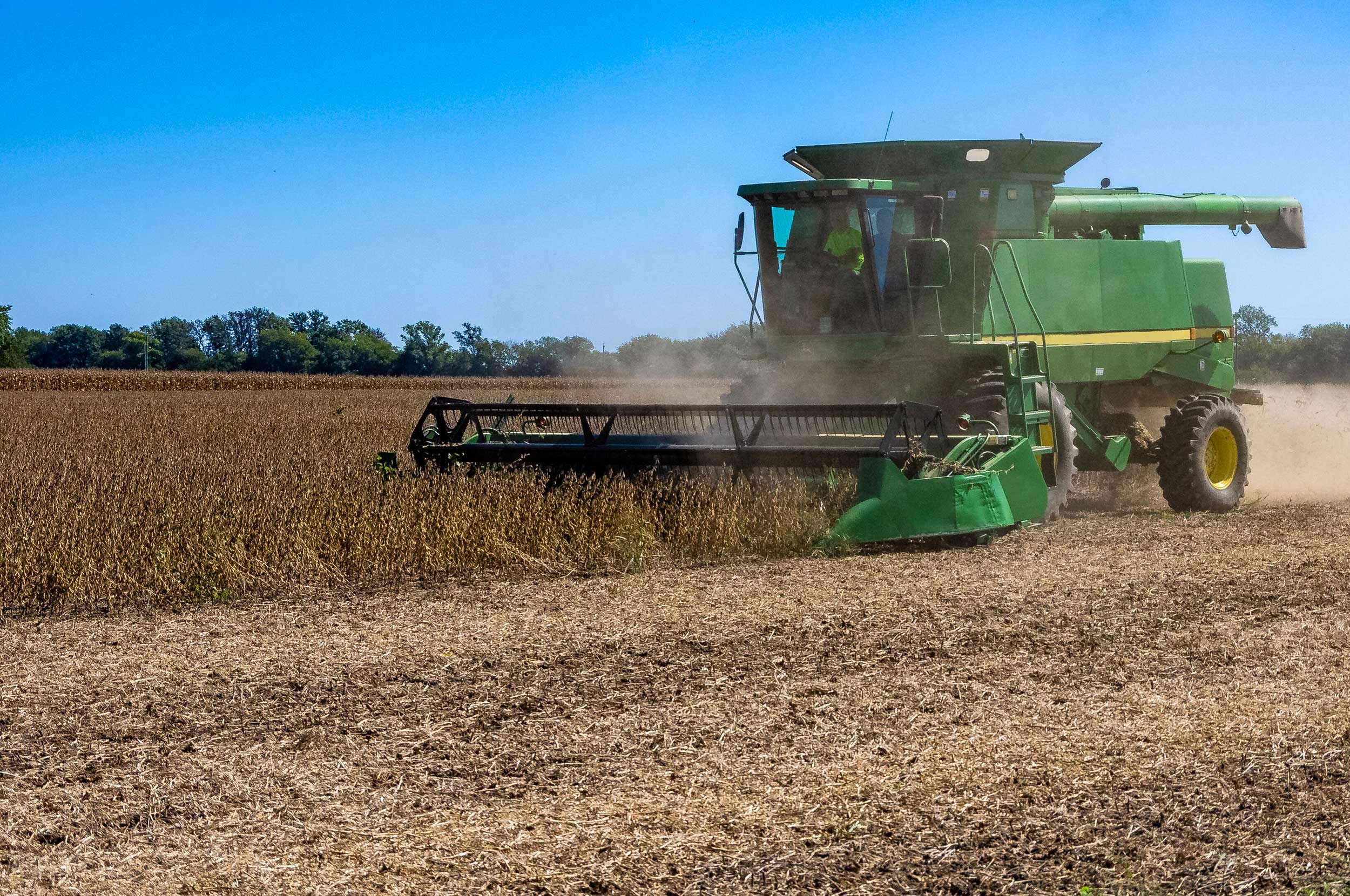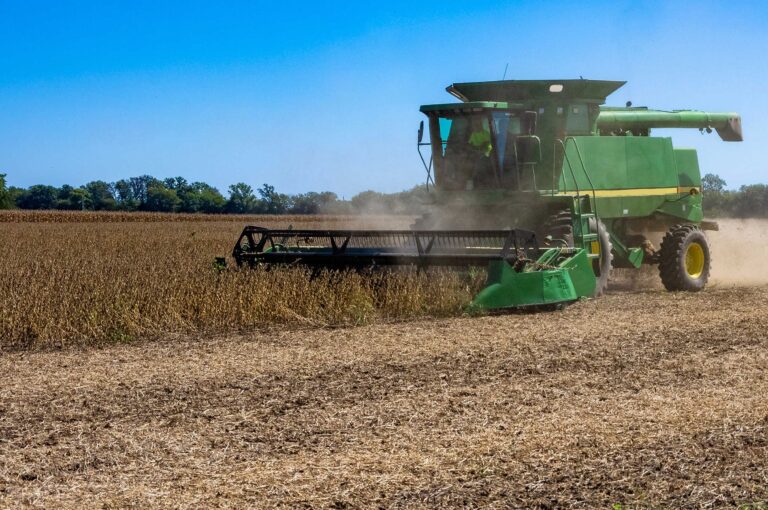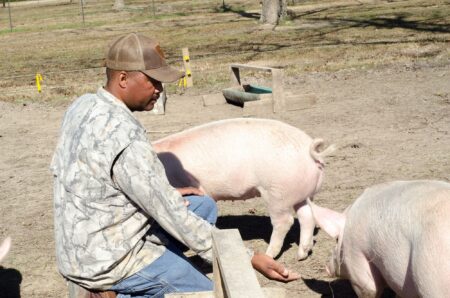During a time of increased uncertainty in farm and food markets and a prolonged period of low commodity prices, Congress has again failed in its responsibility to pass a new five-year farm bill, and instead extended the 2018 farm bill for a second time, through September 2025. As one recent Wall Street Journal article stated, “America’s Farm Recession Is Here.”
When a sports team can’t seem to “get ‘er done,” the coach often has the team get back to the fundamentals. The goals of the original farm bill were threefold:
- Keep farm and food prices fair for farmers and consumers.
- Ensure an adequate food supply.
- Protect and sustain the country’s vital natural resources.
Now, with the talk of tariffs from the Trump administration and concerns that already low farm prices will plunge further, one thing is clear: In order to reach all three goals of the original farm bill, specifically the first one, we need to restore supply management. One of the primary tools in the original farm bill was the goal to provide family farmers a fair price — income that covers the cost of production, and ideally, a livable wage. Family farmers have been demanding supply management for decades.
Tariffs are taxes on the import and export of goods between countries. Historically, U.S. tariffs on imports have resulted in retaliation from other countries who then put tariffs on our exports, decreasing the amount of commodities they buy from U.S. farmers, increasing the supply in the U.S., and lowering prices for U.S. farmers. During the first Trump administration, countries retaliated against American tariffs by targeting U.S. agriculture exports. When exports slowed, prices paid to farmers sank, costing the U.S. taxpayer billions of dollars to offset the resulting low prices.

The farm policy goal of supply management is to adjust agricultural production to reduce oversupply of agricultural commodities and its resulting negative impacts on market prices and farm incomes, while also preventing price spikes that hurt consumers.
Supply management includes a price floor, price ceilings, non-recourse U.S. Department of Agriculture loans and farmer-owned grain reserves. Supply management would save taxpayers billions of dollars by eliminating the need for an array of emergency payments required to keep farmers afloat in the face of year-after-year price volatility.
The last vestige of supply management for major U.S. commodities was in the 1985 farm bill. In the 1996 version of the bill, Congress ended what was left of supply management programs, including the commonsense practice of maintaining a reserve of storable commodity crops. The 1996 farm bill was named the “Freedom to Farm Bill,” but outside Washington, it was quickly renamed the “Freedom to Fail Bill.”
During our recent past, we have seen volatile swings in the price of commodities such as corn, soybeans, and wheat. Our current farm bill system of “safety nets,” based on taxpayer-subsidized crop insurance, was born in the 2014 farm bill written after farmers enjoyed significant increases in farm income, which peaked in 2013.
From 2014 to 2016, we saw farm incomes drop because of falling commodity prices caused by overproduction and rising input costs (what it costs to grow a crop). During the first Trump administration, from 2017 to 2019, farm income dropped further.
And, right now, farmers are facing a similar scenario: record farm incomes from 2020 to 2022, with 2022 reaching record high of $182 billion. However, because of the increased cost of production, farm income for 2023 dropped 19.5 percent, and overproduction drove commodity prices to drop an additional 4.4 percent in 2024.


Our current safety net is ill-equipped to address these issues, and the United States Census of Agriculture bears this out. From 2012 to 2022, the U.S. lost 208,816 farms and 181,123 cattle operations.
History keeps repeating itself and we keep losing more farmers. So, instead of doing the same thing and expecting a different outcome, President Donald Trump and Congress need to create an actual farm safety net that helps stabilize prices — input prices paid by farmers, prices paid to farmers for their crops, and prices paid by consumers for food.
Kansas Sen. Jerry Moran recognizes this, saying, “We need a farm bill in place, even if it’s the current one, but the current one is insufficient to meet the needs of the disaster that is occurring in the incomes of farmers across the country.”
The current market price of corn is about $4.50, and the cost-of-production on that bushel is around $5.67. Farmers lose more than $1 per bushel. It’s the same story on soybeans, while the current market price is about $9.90, while production cost is $12.72 — a loss of nearly $3 a bushel.
The current farm bill safety nets are a farce that put farmers out of business and have resulted in loss of thousands of farms. Tariffs without a strategy like supply management will make farm income go down further.
We lost 141,733 farms from 2017 to 2022. How many more can we afford to lose by doing the same thing and expecting a different outcome?
Opinion piece by Darvin Bentlage, a Missouri farmer and a Missouri Rural Crisis Center member, and Tim Gibbons, communications director for the Missouri Rural Crisis Center / Springfield News-Leader


:max_bytes(150000):strip_icc()/52256497004_8b14e1b37d_c-80d97a1cb7754bcc850912c6efffa800.jpg)

:max_bytes(150000):strip_icc()/100878810_soybeans-81138ad0d09c423183fd2d723d880346.jpg)








